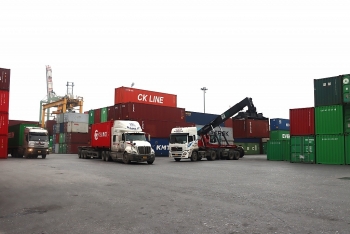Need distinction to export to ASEAN
| Vietnam’s goods need to “upstream” into ASEAN market | |
| Vietnam takes larger slice of EU, ASEAN market share | |
| Seminar discusses Vietnam, ASEAN trade crisis |
 |
| Mr. Le Quoc Phuong, the Deputy Director of the Center of Information on Industry and Trade. |
What do you think about the potentiality of the ASEAN market to Vietnam?
ASEAN is a potential market for Vietnam because this is a region with many countries, 600 million people, and a total GDP of $US 2,400 billion (more than 10 times of Vietnam) with a large commercial scale.
The ASEAN market is also important for Vietnam to export and import. Specifically, the ASEAN market is the 3rd largest export market of Vietnam, followed by the US and EU. For example, in 2015, the export turnover to ASEAN accounted for 11% of the total export turnover of Vietnam, while the ASEAN market is also the 3rd largest import market of Vietnam, accounting for more than 14% of the total import turnover of Vietnam, followed by China and South Korea. Among the 10 ASEAN countries, there are 6 countries which Vietnam has exported to with a turnover of more than $US 2 billion, including 3 countries with more than $US 3 billion (Thailand, Malaysia and Singapore).
The potentiality of the ASEAN market has expanded and developed drastically. In fact, Vietnam joined ASEAN in 1995, and by 1996, Vietnam participated in the ASEAN Trade in Goods Agreement (ATIGA). Recently, when the ASEAN Economic Community (AEC) was formed, the ASEAN market opened widely (including goods, services, capital and labour), creating many opportunities for Vietnam to export to ASEAN.
In fact, goods from ASEAN countries can easily penetrate the Vietnam market. But Vietnamese goods hardly penetrate the market of ASEAN countries. What is the cause of this situation, Sir?
The competitiveness of enterprises and commodities from ASEAN is higher than Vietnam. Accordingly, ASEAN goods have good quality with a reasonable price, good design and various models and types. Enterprises of ASEAN countries have a good marketing strategy for products, which help them easily penetrate the Vietnam market. In addition, these enterprises have also conducted many acquisitions and mergers which express their capacity in market expansion.
Meanwhile, Vietnam goods normally have poor quality, including agricultural products and industrial goods, with poor design, especially poor quality and uncompetitive price. In addition, the marketing strategy for Vietnamese products is also not really good. Along with that, the volume of Vietnamese enterprises are not large enough to participate in acquisitions and mergers in ASEAN countries.
This is a contrasting picture between Vietnam and ASEAN countries, which expresses the poor competitiveness of Vietnamese enterprises.
Sir, in addition to the above reasons, it is suggested that Vietnamese commodities have a great similarity with ASEAN. Is it one of the difficulties for Vietnamese commodities entering the ASEAN market?
I think that the similarity of goods among ASEAN countries has affected the export of Vietnam to ASEAN. But this is a problem we can handle. Currently, in the world, for the internal trade sector, enterprises can take advantage by creating differences in type, design, price and quality.
ASEAN consists of 10 countries, thus Vietnamese goods can not compete with goods from all countries. Therefore, in order to export to ASEAN, Vietnam should produce complementary goods. For example, we should not export rice to Thailand because Thailand has a large rice production. However, we can export rice to the Philippines, and Indonesia- markets which are not competitive.
With the potentiality of the ASEAN market as you state, in order to export to this market, what should we do, Sir?
The door to enter the ASEAN market is open for Vietnamese goods. However, if we do not make changes, it will be hard for us to take advantage of the opportunities. In order to export to ASEAN countries, we first need to raise the competitiveness of the product by changing the design and diversity of our products.
Enterprises should have better marketing strategies, enhance the competitiveness based on human resources and technology to increase productivity with a lower cost to meet consumers’ tastes.
If the competitiveness of Vietnamese products is still low, foreign goods can easily enter the Vietnam market but Vietnamese goods will find it difficult to penetrate ASEAN market. Meanwhile, Vietnamese products both lose in foreign markets and the domestic market.
When we discussed with some companies, they said that they lacked information on the ASEAN market. What do you comment on this issue?
The lack of information not only happens in ASEAN market but it also happens in many other markets. In four company's primary sources (including capital, human, financial resource and information), the use of information of Vietnamese enterprises is poor. Therefore, the competitiveness of Vietnamese enterprises in the global market is not high, while other countries do it better.
In general, Vietnamese enterprises are weak in the exploitation of information and do not know how to use information efficiently.
In this context, information is an important resource, and it is even a decisive factor in many cases. Therefore, companies need to be aware of this problem for efficient investment and exploitation. In addition, the Government should also support domestic enterprises, especially small and medium enterprises in the exploitation of information.
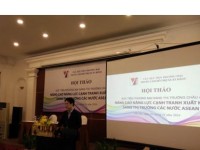 | Seminar discusses Vietnam, ASEAN trade crisis A seminar of leading government officials, economists and members of the private sector was held on November ... |
Thank you!
Related News
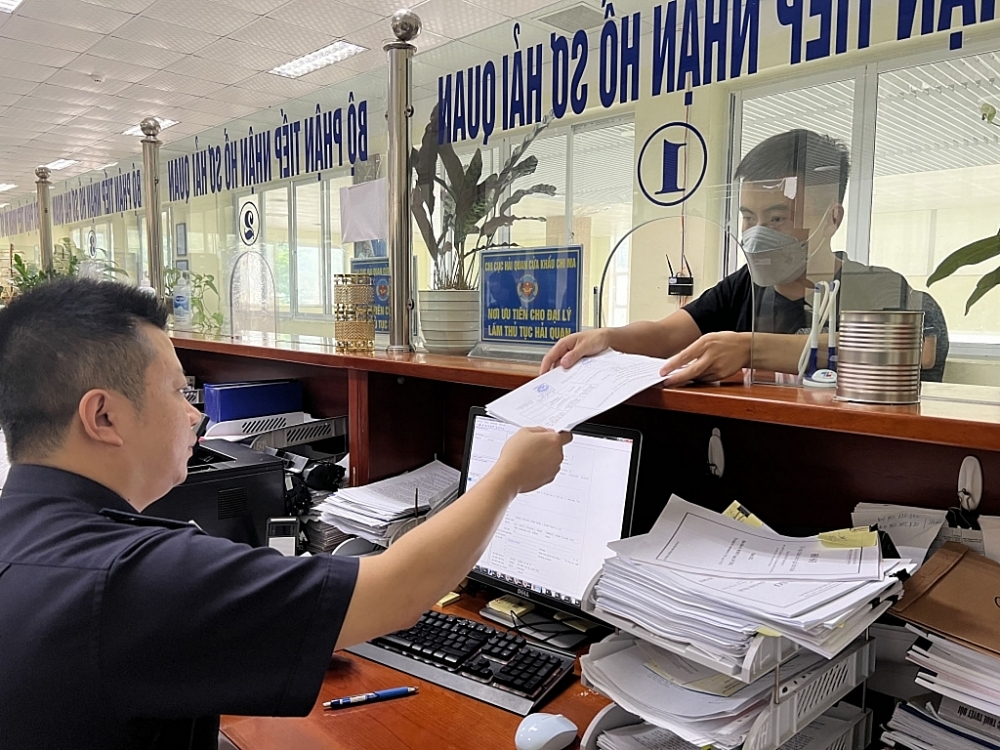
Chi Ma Customs Branch’s revenue increases
10:15 | 03/05/2024 Customs
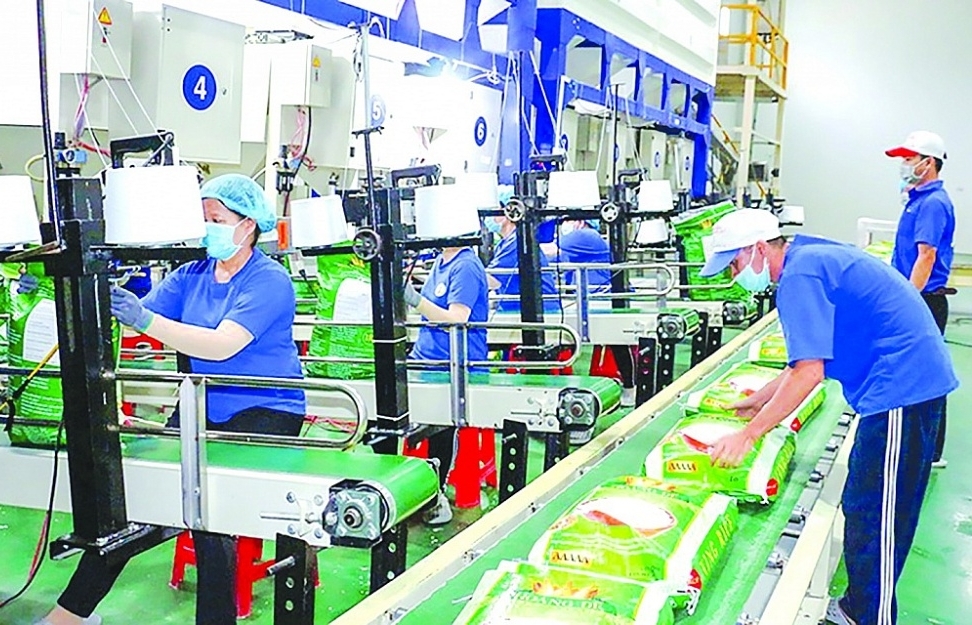
Enhance the core values of the national brand
15:36 | 02/05/2024 Import-Export

Risk prevention solutions for processing and export manufacturing businesses
07:52 | 29/04/2024 Regulations

Opportunity for exporting to Thailand market
14:48 | 27/04/2024 Import-Export
Latest News
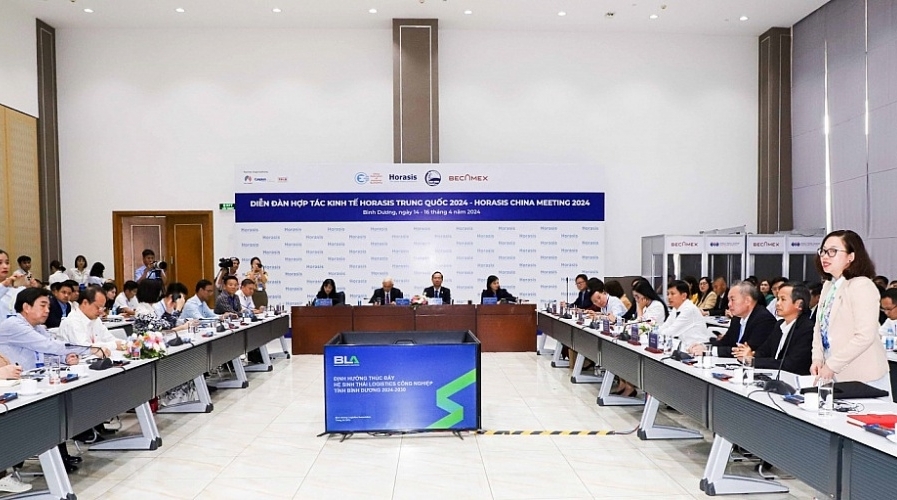
Binh Duong: Fertile ground for logistics businesses
10:16 | 03/05/2024 Import-Export
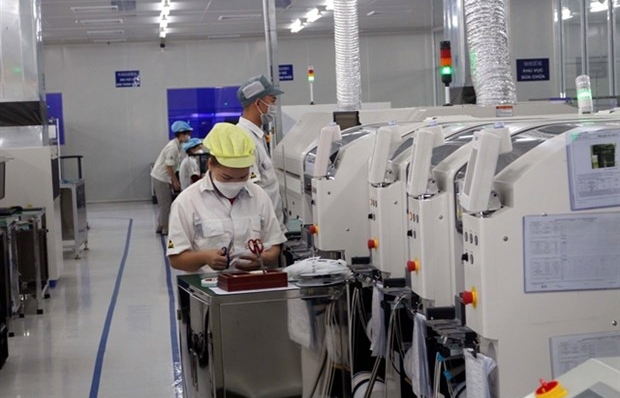
Some 51,600 new firms established in four months
17:17 | 02/05/2024 Import-Export
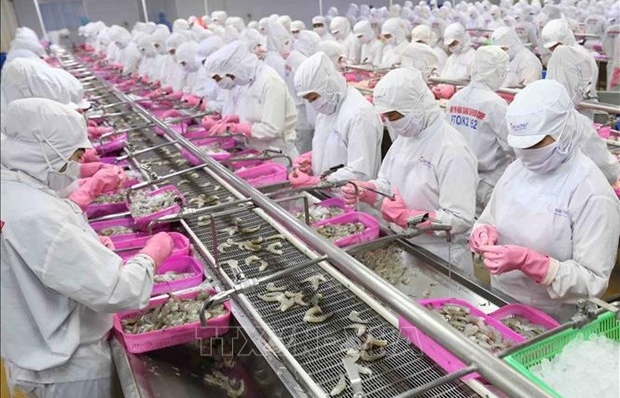
Agro-forestry-aquatic product exports post trade surplus of 4.74 billion USD in four months
17:13 | 02/05/2024 Import-Export

Solutions for maintaining Vietnam's position as a bright spot for foreign direct investment
15:36 | 02/05/2024 Import-Export
More News
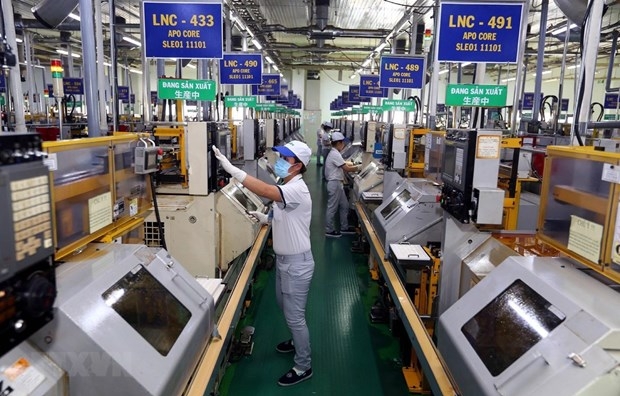
FDI disbursement in January-April period reaches five-year record
19:43 | 01/05/2024 Import-Export

Binh Duong aims to become logistics hub in southern region
19:41 | 01/05/2024 Import-Export
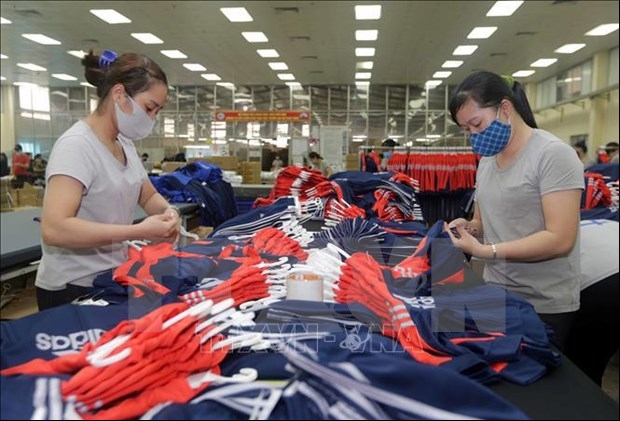
Digital transformation – optimal choice for Vietnamese garment & textile firms
19:39 | 01/05/2024 Import-Export

Infrastructure development creates momentum for exports to "neighboring" markets
19:36 | 01/05/2024 Import-Export
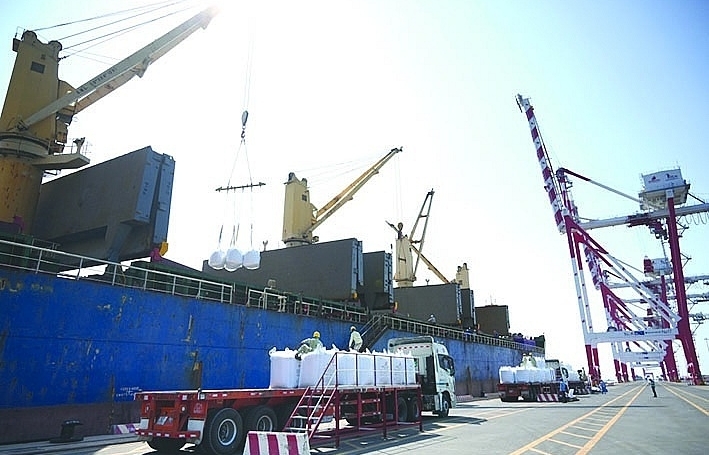
Seaports increase services to attract goods
19:35 | 01/05/2024 Import-Export

The supporting industrial enterprises transform for sustainable development
08:20 | 01/05/2024 Import-Export
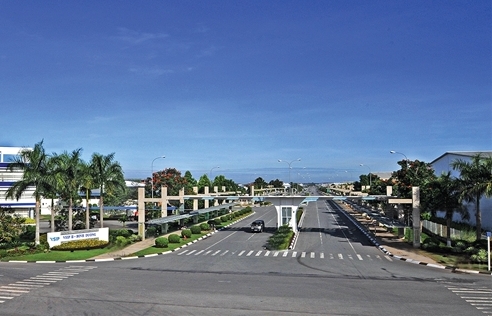
Foreign investment disbursement hits record high in the first four months
13:36 | 30/04/2024 Import-Export
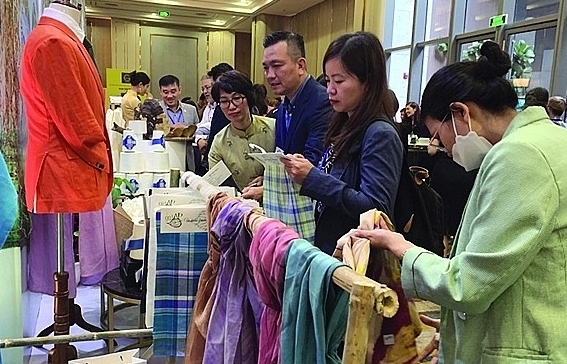
Vietnam textile and garment strives to increase the localization rate
06:46 | 30/04/2024 Import-Export
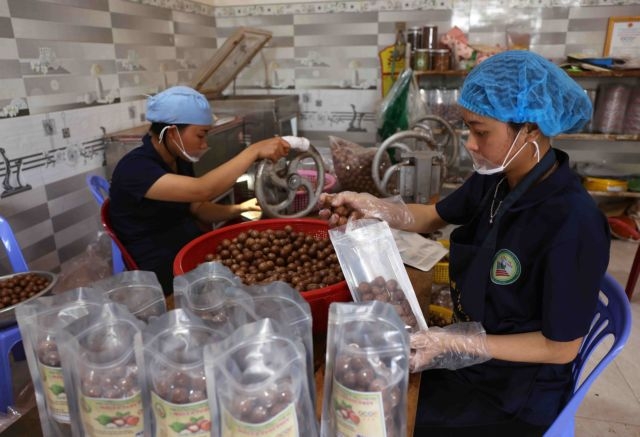
Central Highlands needs to develop border gate economic zones for higher export
16:41 | 29/04/2024 Import-Export
Your care

Binh Duong: Fertile ground for logistics businesses
10:16 | 03/05/2024 Import-Export

Some 51,600 new firms established in four months
17:17 | 02/05/2024 Import-Export

Agro-forestry-aquatic product exports post trade surplus of 4.74 billion USD in four months
17:13 | 02/05/2024 Import-Export

Enhance the core values of the national brand
15:36 | 02/05/2024 Import-Export

Solutions for maintaining Vietnam's position as a bright spot for foreign direct investment
15:36 | 02/05/2024 Import-Export


